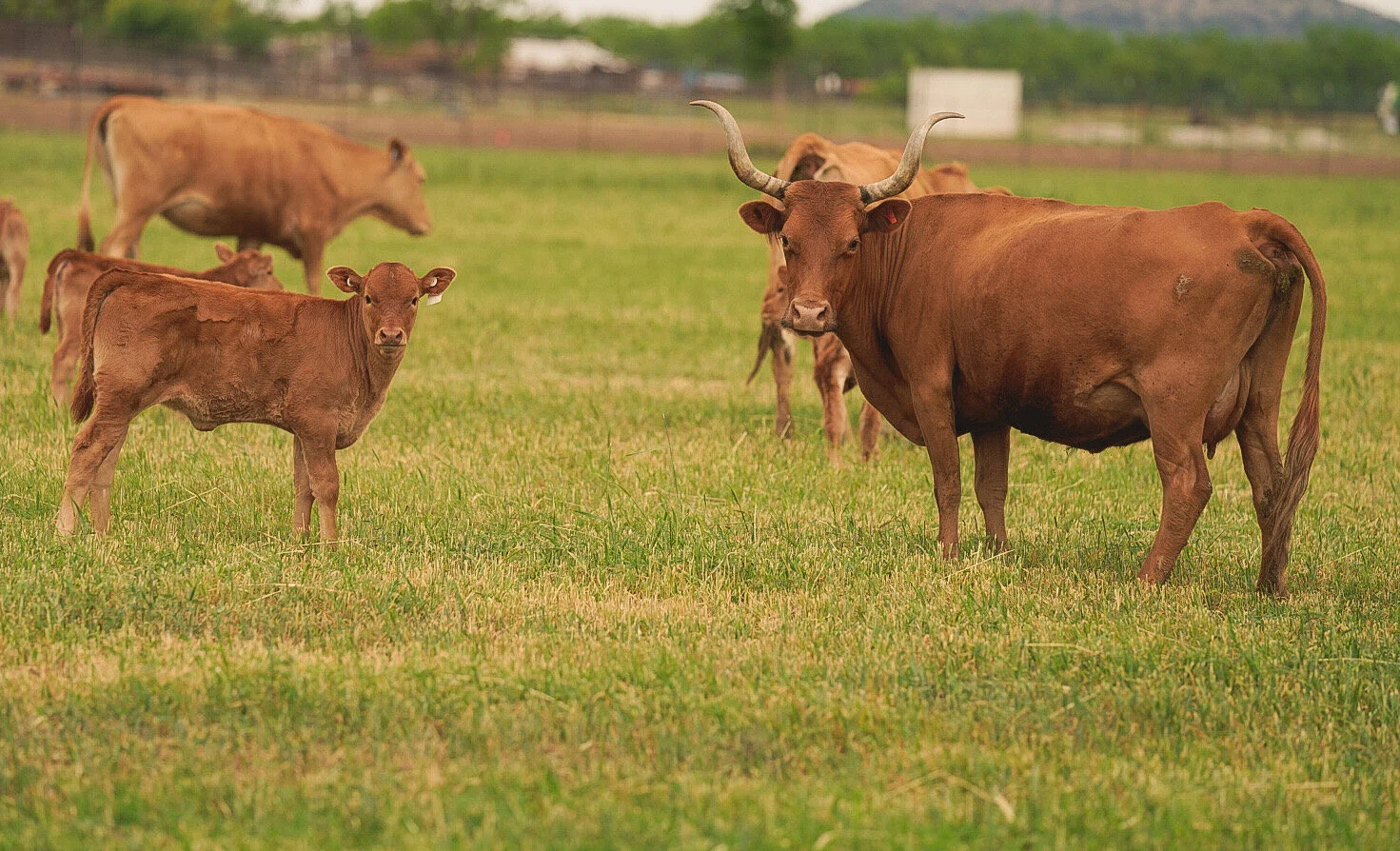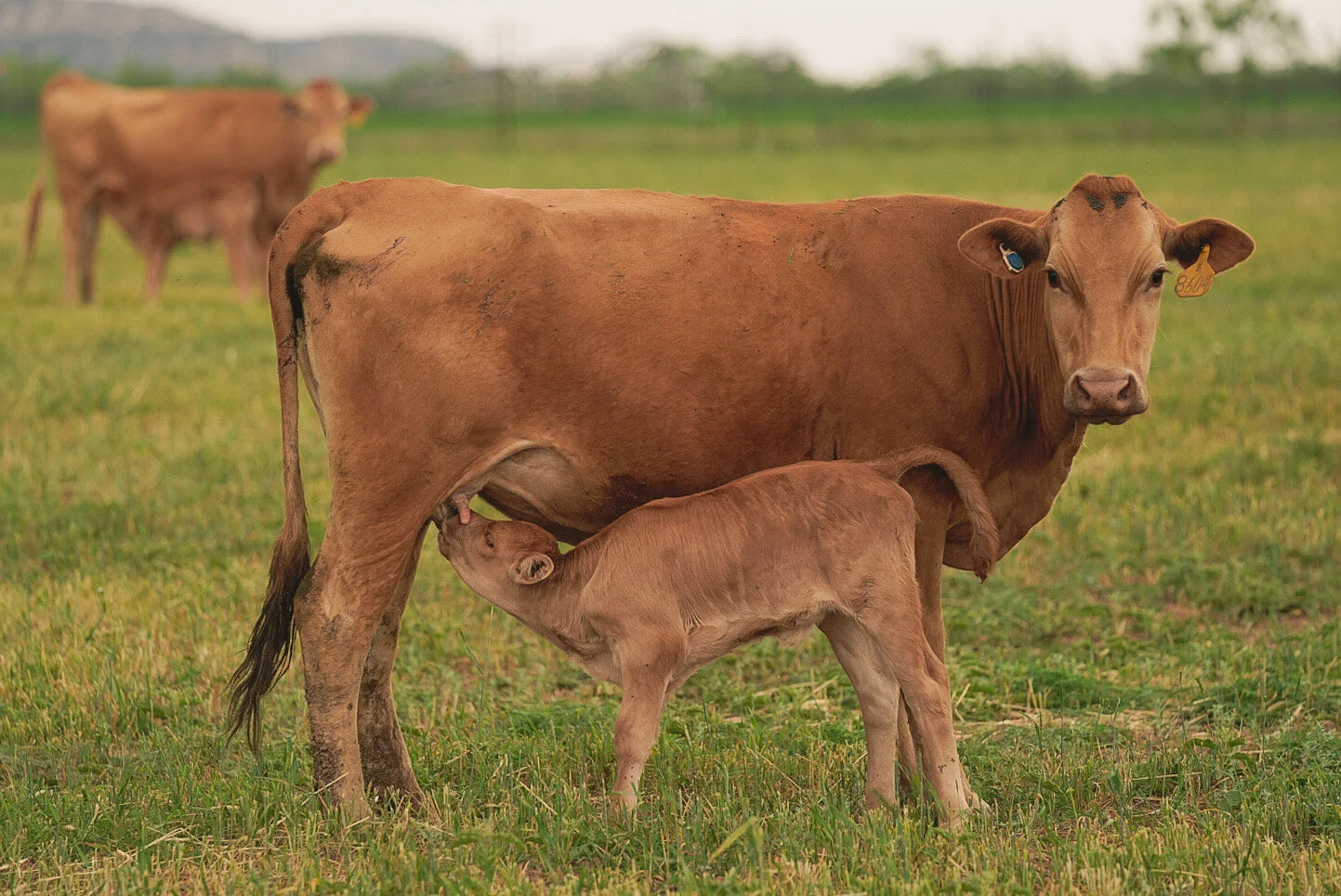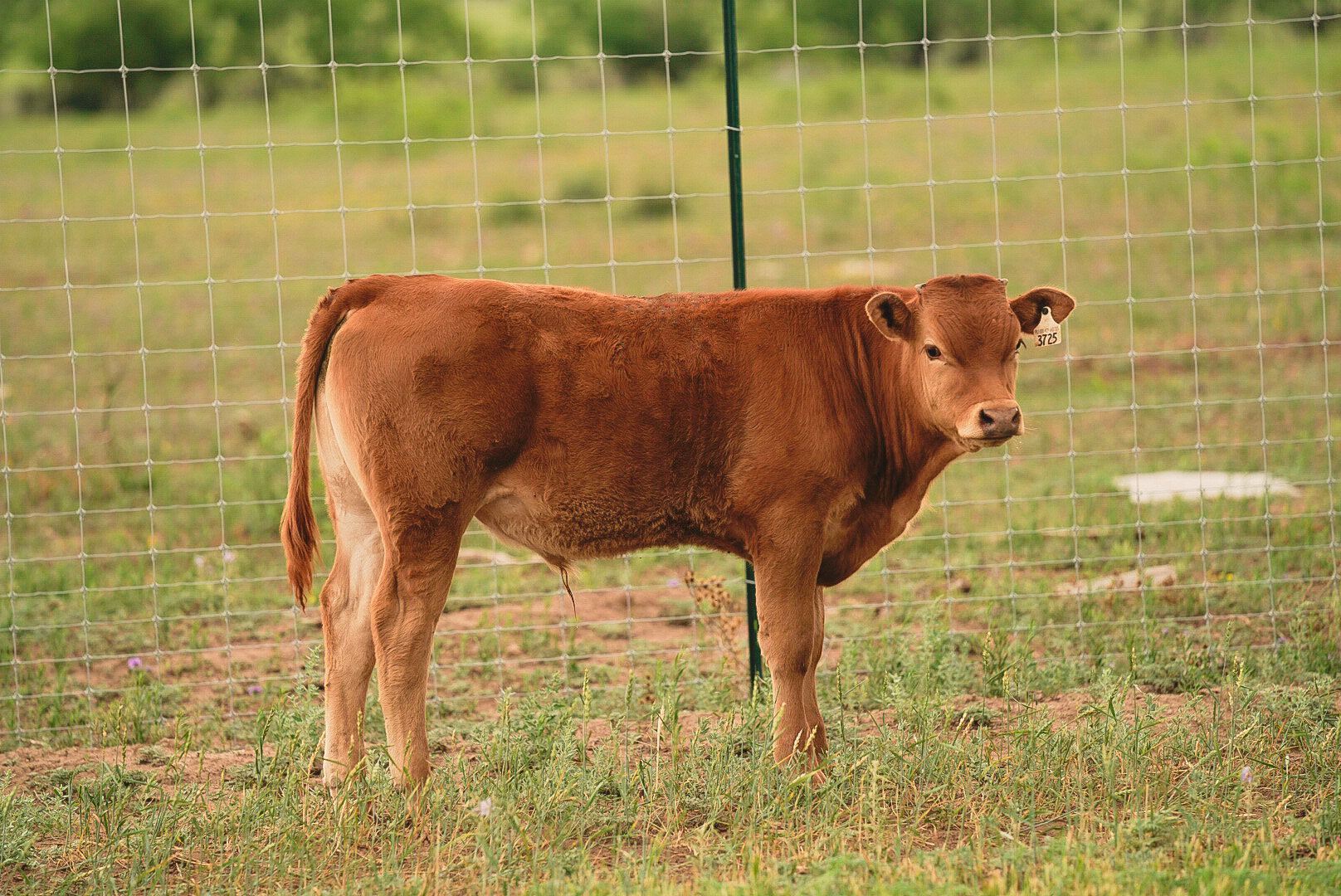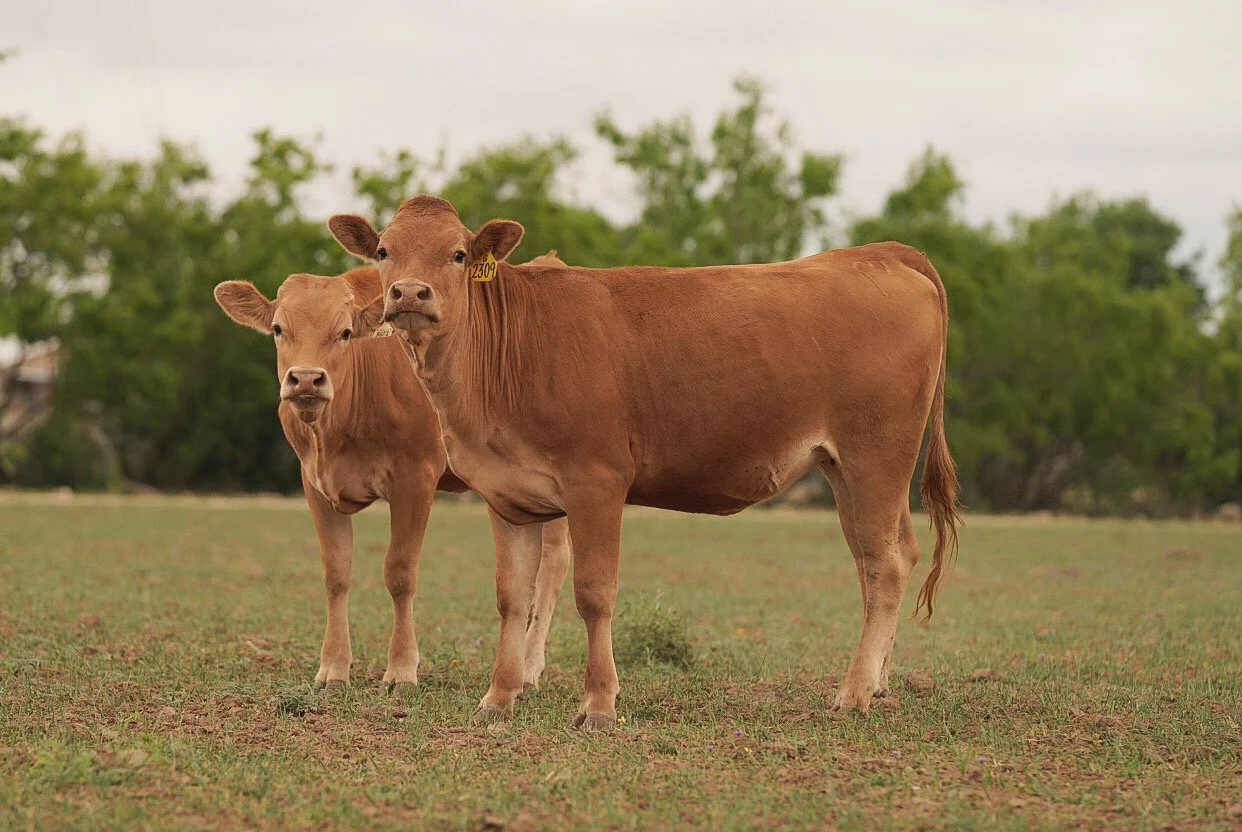History of Akaushi Cattle
For over 100 years the Akaushi breed has been subjected to intense genetic improvement. Eighty plus years ago the Japanese Association of Akaushi was created in order to collect, manage and process all Akaushi data. The association has collected carcass performance, breeding pedigrees and economic data for every animal in the entire breed. This data has been used in the selection of every Akaushi dam and sire over the last half-century. During the same period this data has also been used to select prospective sire and dam lines to be utilized for further genetic improvement. Consequently new sire and dam lines are only released for general production after they have been proven by extensive and accurate statistical analysis. As a result of this unique closed system and multi-trait selection process, the Akaushi breed is extremely uniform and consistent throughout its genetic line for all maternal, structural, fertility, carcass and palatability traits. No single trait has been sacrificed to develop this superior breed.
Therefore, Akaushi genetics may be the final ingredient to create an animal that will perform efficiently, improve consistency, maintain uniformity and maximize the gap between profit and loss.
In 1994 the nucleus of the Akaushi herd was brought to the United States. The same closed herd and multi-trait selection process used in Japan, is now used in the US by the American Akaushi Association members. Coupled with the recorded parentage of the U.S.-born calves, the lineage of the American Akaushi can be traced back over 30 generations to the origin of the breed. American Akaushi registered full-blood cattle are direct descendants of the Mount Aso Region's revered Akaushi herds.Today when Akaushi cattle are recorded with us, DNA testing is required to ensure the breed's world-class genetics are preserved.
Sited from:https://www.akaushi.com/





